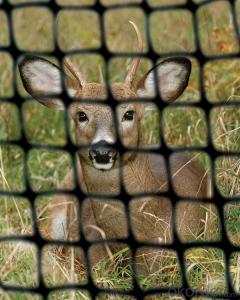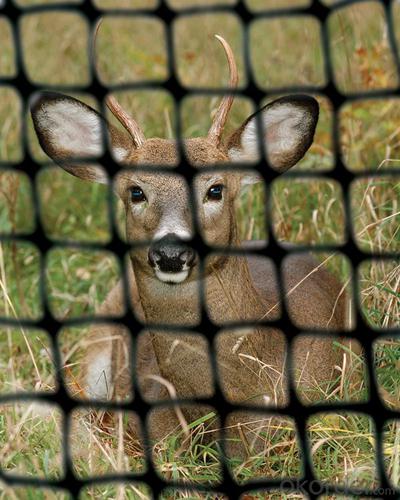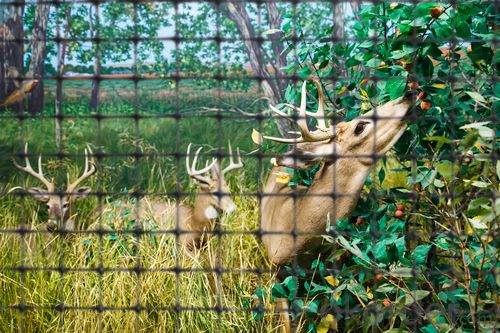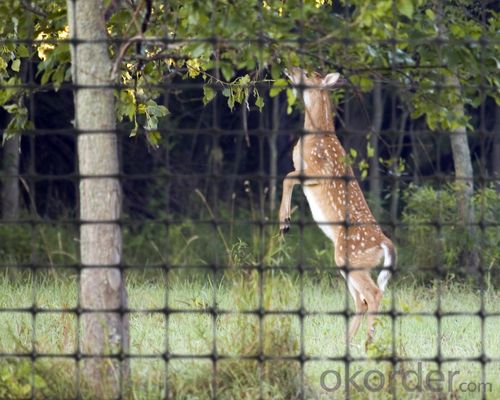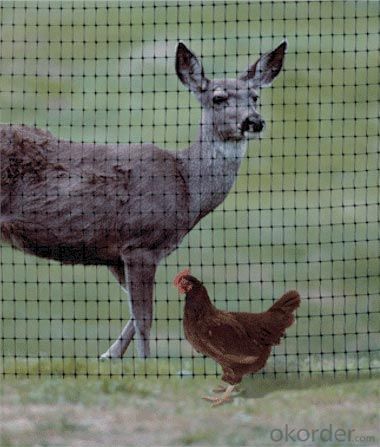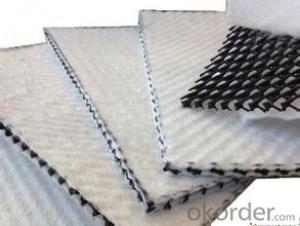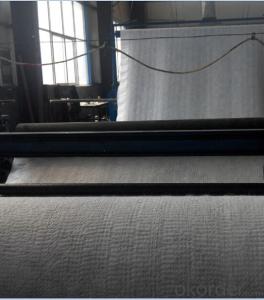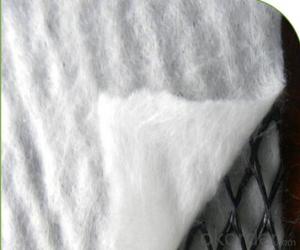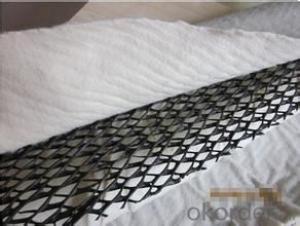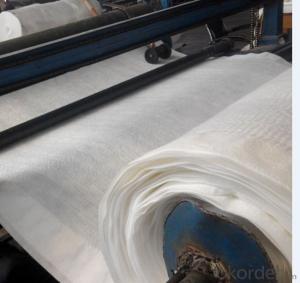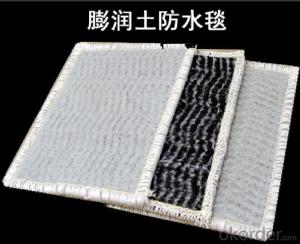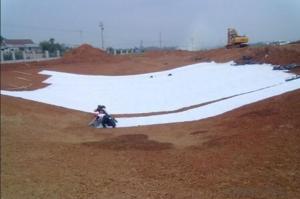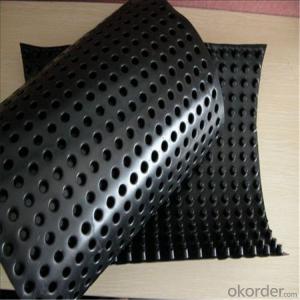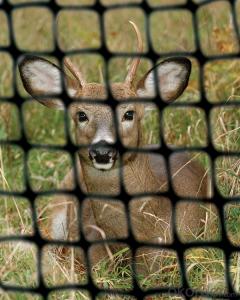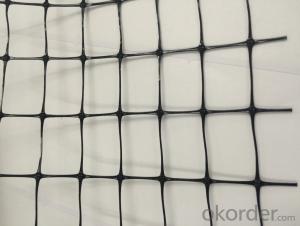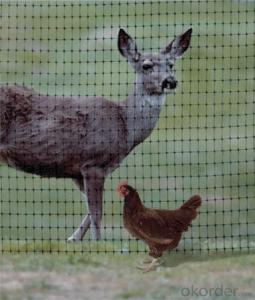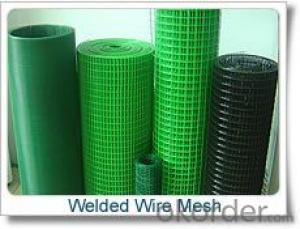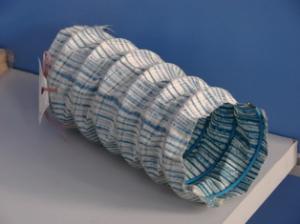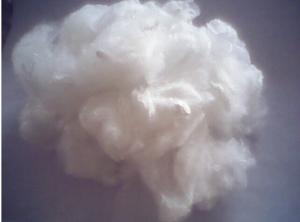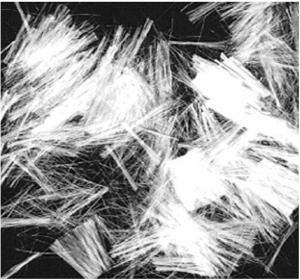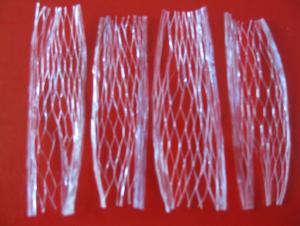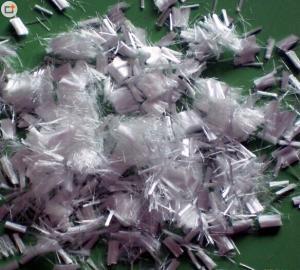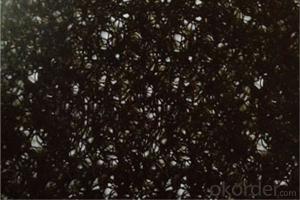PP Plastic Netting/ Deer Netting/ Garden Net
- Loading Port:
- China main port
- Payment Terms:
- TT OR LC
- Min Order Qty:
- 5000 m²
- Supply Capability:
- 1000000 m²/month
OKorder Service Pledge
OKorder Financial Service
You Might Also Like
Plastic netting plastic mesh breeding mesh
Plastic Plain Netting
Colour:white,black,blue and green
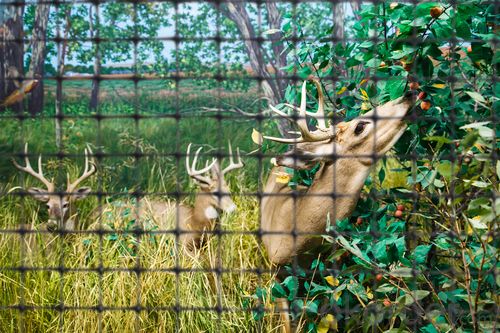
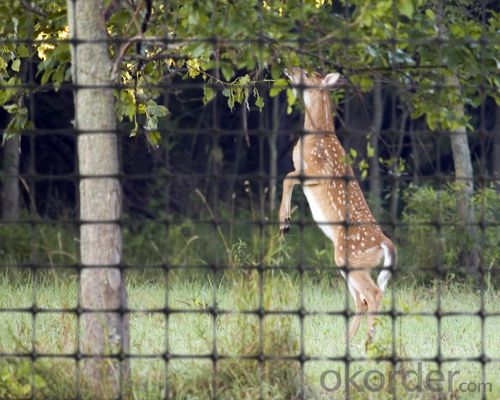
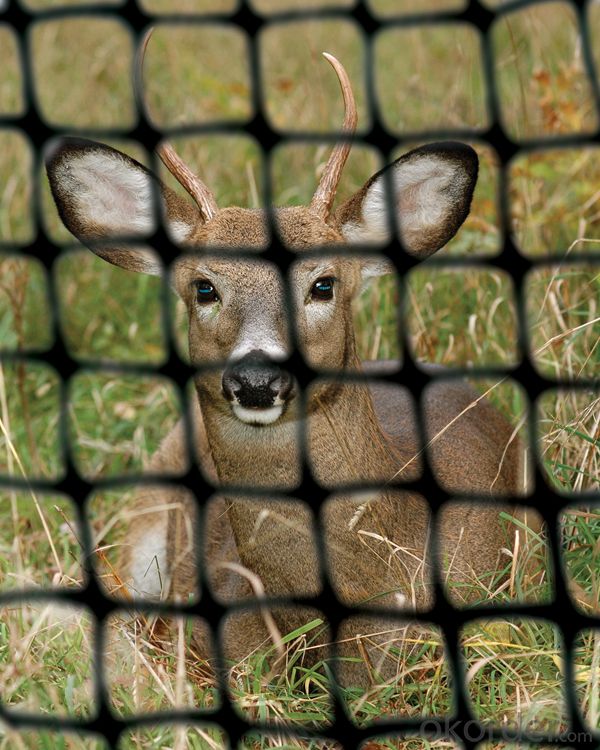
Deer fence introduction:
Deer fencing is a very high strength, lightweight, 3.6ft to 7.3ft high deer fence manufactured from high strength polypropylene BOP plastic netting. Deer have a tendency to forage over large areas and the cost effective deer fencing offers a very effective deer control barrier.
The deer fence is black, UV stabilised and rot proof and unobtrusive as it merges into it's background. Deer fencing is very quick and easy to erect and each roll weighs less than 15kg. The Deer Netting should be installed by battening to the fencing posts to ensure the mesh filaments are not damaged.
Features of the deer neeting fence:
Deer fence is easy to erect and install
Plastic netting has a mesh hole size of 0.06" ,0.08",0.18",0.19"
The BOP plastic netting has a high tensile strength
Plastic mesh is UV stabilized and chemical resistant
Deer fencing rolls are lightweight
Deer fencing is a very high strength, lightweight 1.8m high Deer fence manufactured from polypropylene.
Deer fencing net is supplied on a 100m long roll
Features:
1. Low cost, while has superior strength
2. Has anti-tearing and friction capability
3. Wide range of product availability, some other mesh sizes and weights can also produced as per customers' requirements.
Package/Payment/Delivery:
Package: Usually packed by rolls in plastic film bags with labels inside and then loosely loaded in the container
Payment: 30% in advance before manufacturing,and the balance upon the fax of B/L
Delivery: Within 40 to 60 days after receiving the deposit or L/C.
FAQ:
Q1: What is your minimum order quantity?
A:The minimum order quantity is 5000 ,but it is negotiable.
Q2:What is your payment terms?
A: T/T,Western Union,Paypal,L/C...
Q3:What is your delivery time?
A:Production time usually costs 2-20 days.
Waiting to cooperate with you!
- Q: How do geocomposites help in erosion control in earthwork applications?
- Geocomposites help in erosion control in earthwork applications by providing a combination of different materials that work together to prevent soil erosion. They typically consist of a geotextile fabric and a geomembrane or geogrid, which are designed to reinforce the soil and retain sediment. The geotextile fabric acts as a filter, allowing water to pass through while preventing soil particles from being washed away. The geomembrane or geogrid provides additional stability and strength to the soil, preventing it from eroding. Overall, geocomposites serve as a protective barrier against erosion, ensuring the integrity and stability of earthwork projects.
- Q: Can earthwork products be used in water features and ponds?
- Yes, earthwork products can be used in water features and ponds. They can be utilized for various purposes such as creating waterfalls, retaining walls, or shaping the landscape around the water feature. Earthwork products like rocks, gravel, and soil can help provide stability, texture, and aesthetic appeal to the water feature or pond.
- Q: What are the different design options available in earthwork products?
- The different design options available in earthwork products include various materials such as rocks, gravel, sand, and soil, as well as different shapes and sizes of these materials. Additionally, there are different techniques for arranging and layering these materials to achieve specific design goals, such as slope stabilization, erosion control, or landscaping features.
- Q: How do earthwork products help with water management and drainage?
- Earthwork products such as permeable pavers, geotextiles, and retaining walls play a crucial role in water management and drainage. Permeable pavers allow water to pass through, reducing runoff and allowing it to be absorbed into the ground, preventing flooding and erosion. Geotextiles act as filters, preventing soil erosion while allowing water to pass through, aiding in drainage. Retaining walls help control water flow by preventing soil erosion and redirecting water away from structures. Overall, earthwork products effectively manage water and drainage, minimizing the risk of water-related issues and maintaining a sustainable environment.
- Q: Are earthwork products suitable for use in pipeline construction?
- Yes, earthwork products are suitable for use in pipeline construction. Earthwork products such as soil, gravel, and crushed stone are commonly used in pipeline construction for backfilling and providing stable support to the pipeline. These materials help to prevent ground movement, erosion, and provide a solid foundation for the pipeline, ensuring its stability and longevity. Additionally, earthwork products can be engineered and compacted to meet specific requirements and ensure the pipeline's integrity.
- Q: What is the purpose of using geocomposites in drainage systems?
- The purpose of using geocomposites in drainage systems is to improve the efficiency and effectiveness of the drainage system by providing filtration, separation, and reinforcement functions.
- Q: A short duration of housing, and now have the same level of 42.5 for the silicate and slag cement selection. From the point of view of the completion of the construction period, what better cement should be used?
- Slag cement, early strength fast.
- Q: What is the purpose of using geosynthetic meshes in embankment reinforcement?
- The purpose of using geosynthetic meshes in embankment reinforcement is to improve the stability and strength of the embankment. These meshes provide reinforcement to the soil, preventing erosion and retaining the soil in place. They also enhance the load-bearing capacity of the embankment, allowing it to withstand heavy loads and reduce settlement. Overall, geosynthetic meshes play a crucial role in enhancing the longevity and performance of embankments.
- Q: What are the different types of retaining walls?
- Some of the different types of retaining walls include gravity walls, cantilever walls, sheet pile walls, anchored walls, and gabion walls.
- Q: Detailed classification of civil works?
- By chemical composition: can be divided into inorganic materials, organic materials and composite materials.
Send your message to us
PP Plastic Netting/ Deer Netting/ Garden Net
- Loading Port:
- China main port
- Payment Terms:
- TT OR LC
- Min Order Qty:
- 5000 m²
- Supply Capability:
- 1000000 m²/month
OKorder Service Pledge
OKorder Financial Service
Similar products
Hot products
Hot Searches
Related keywords
